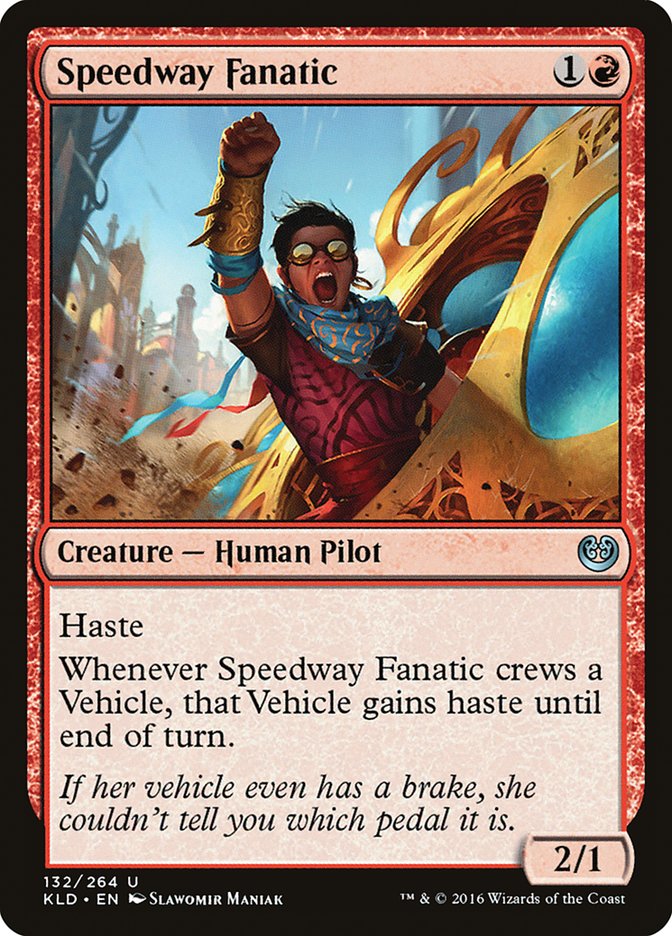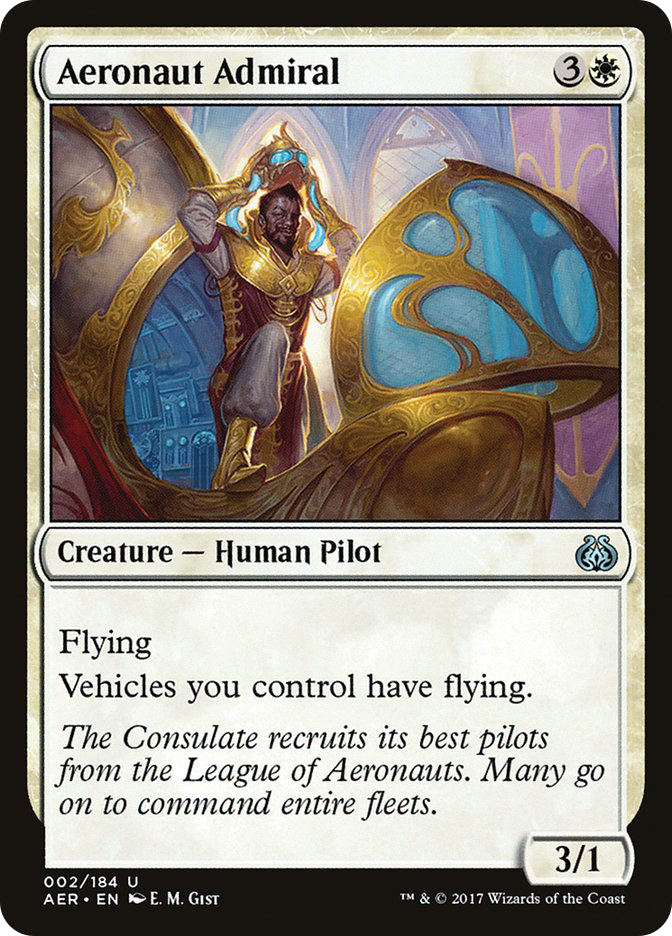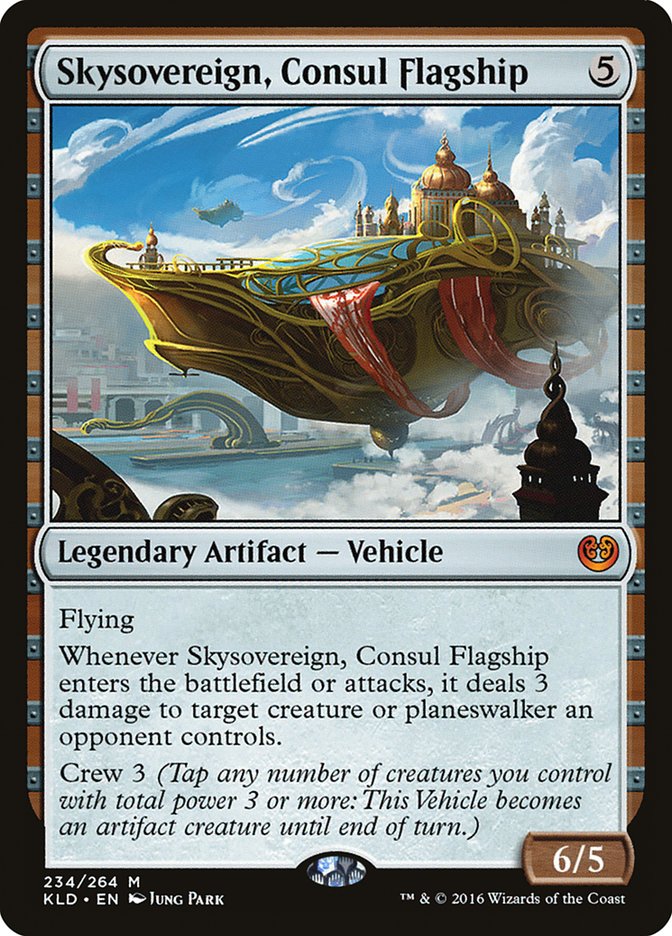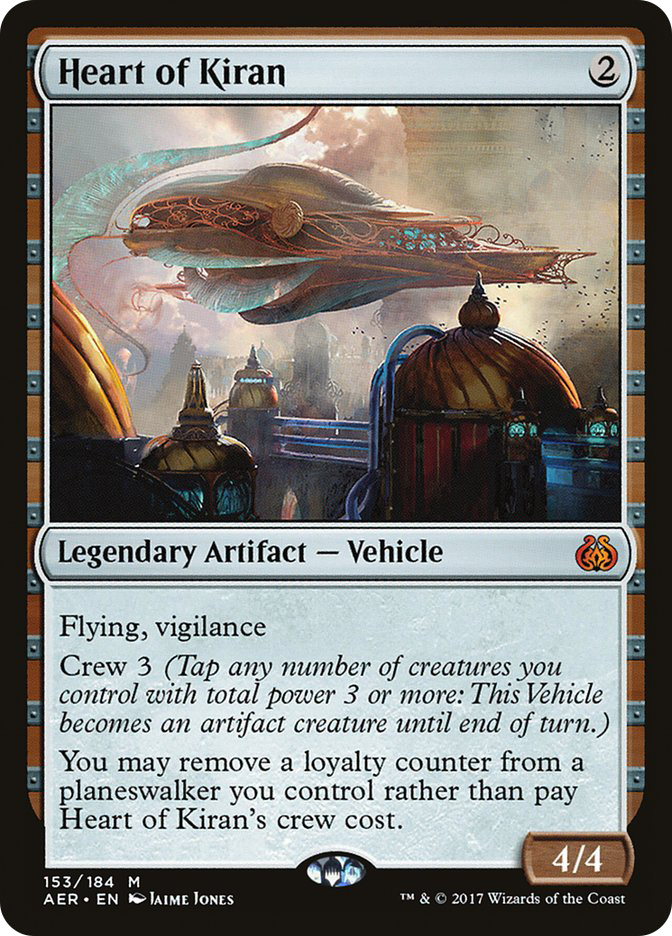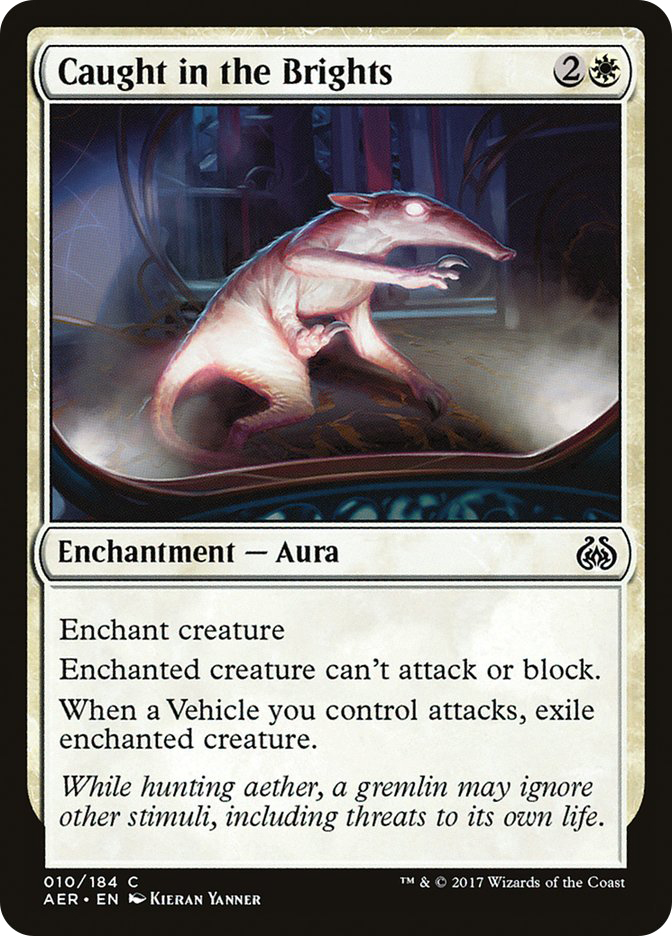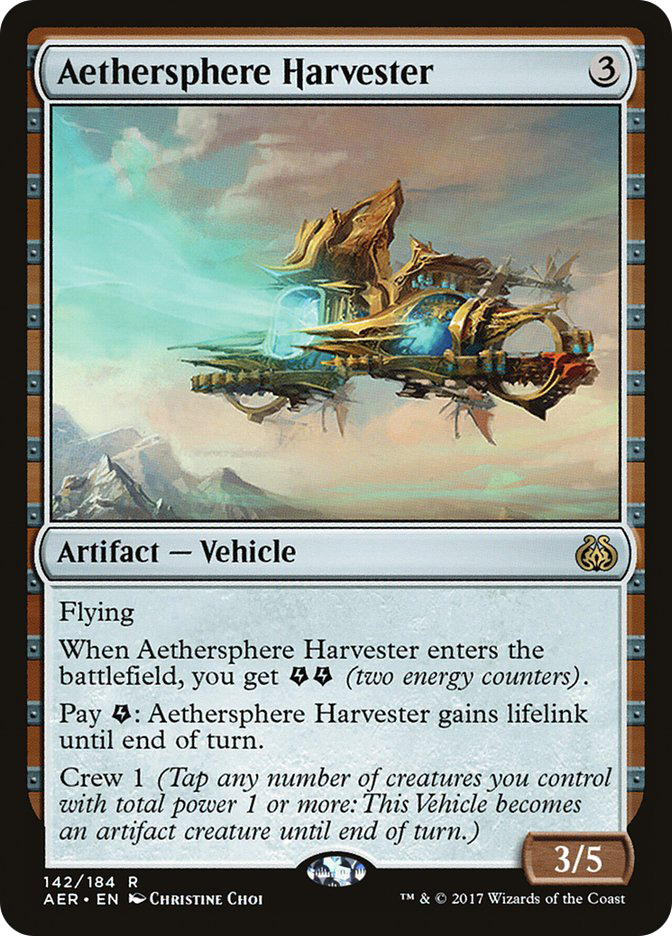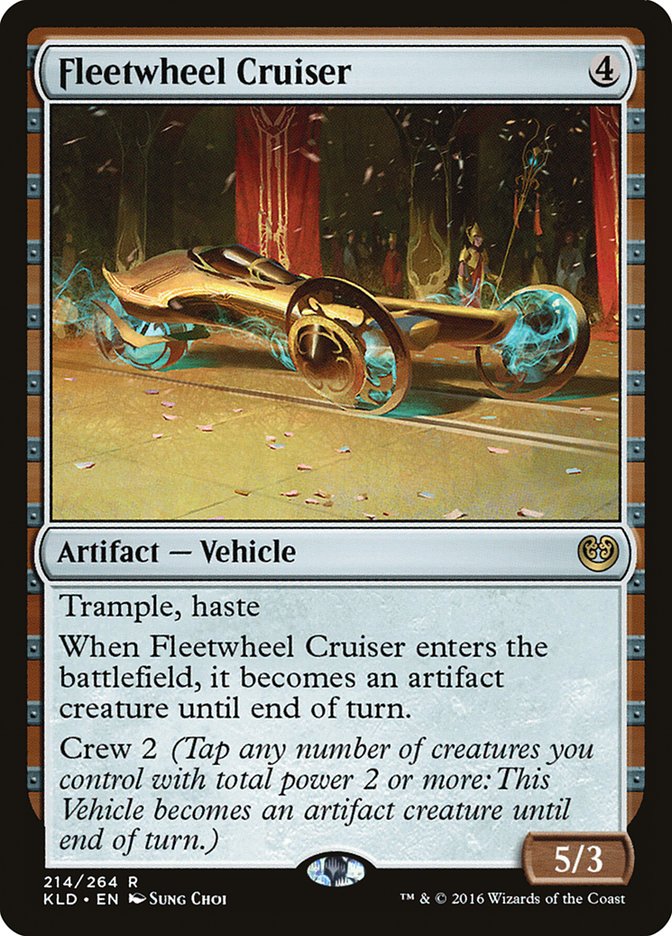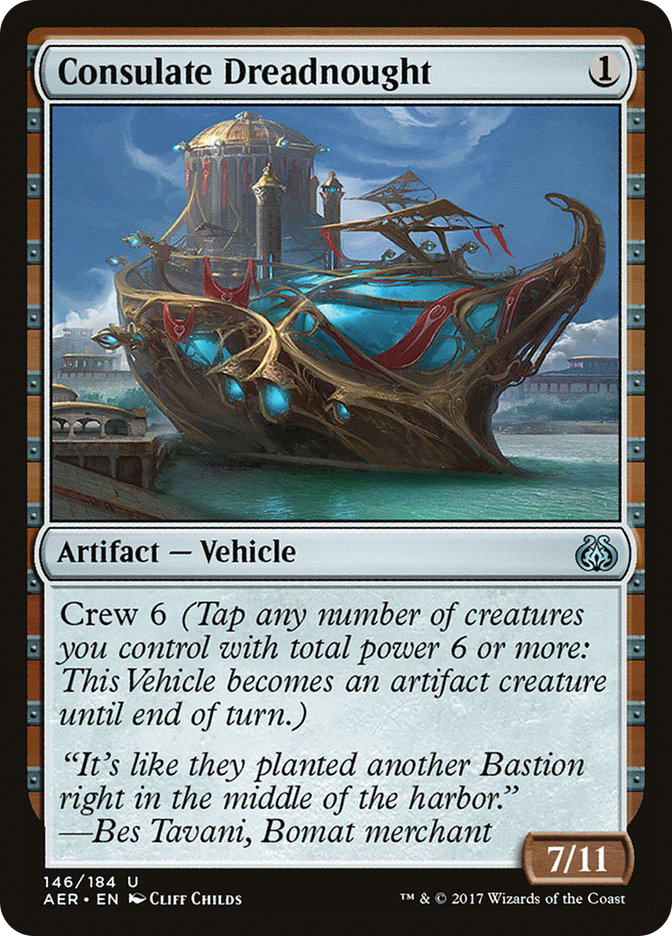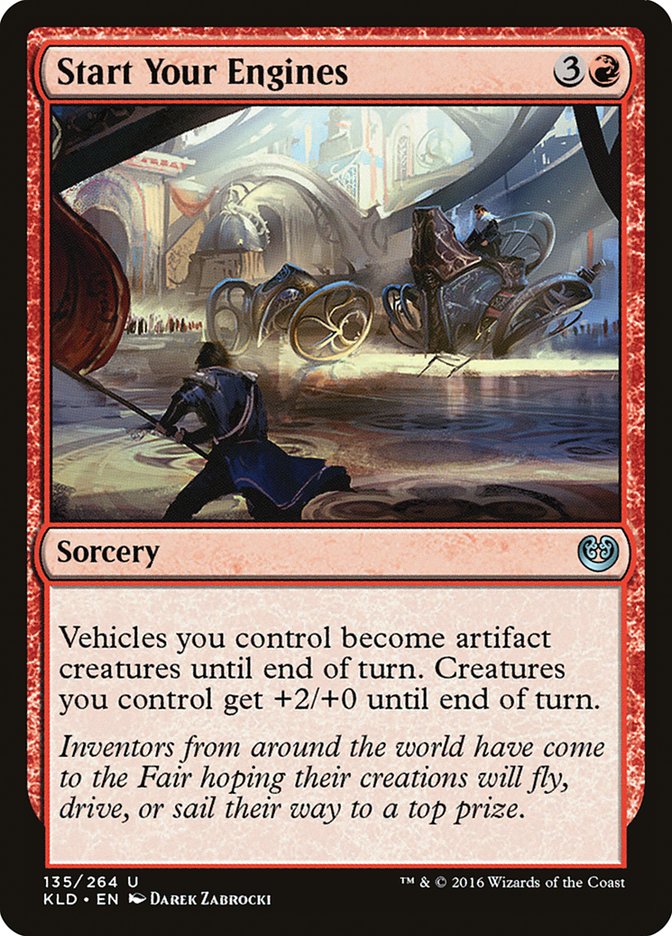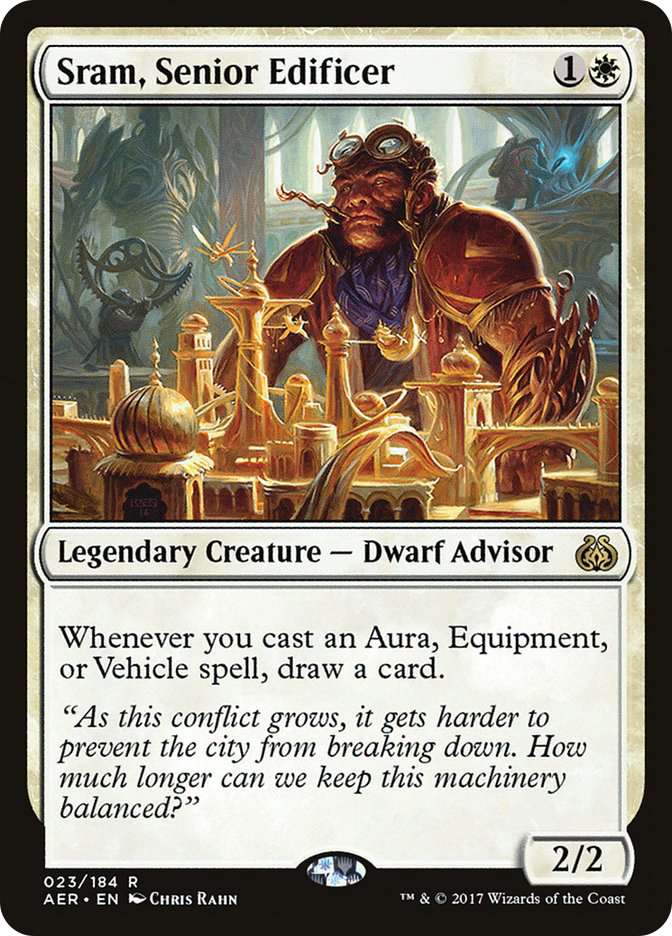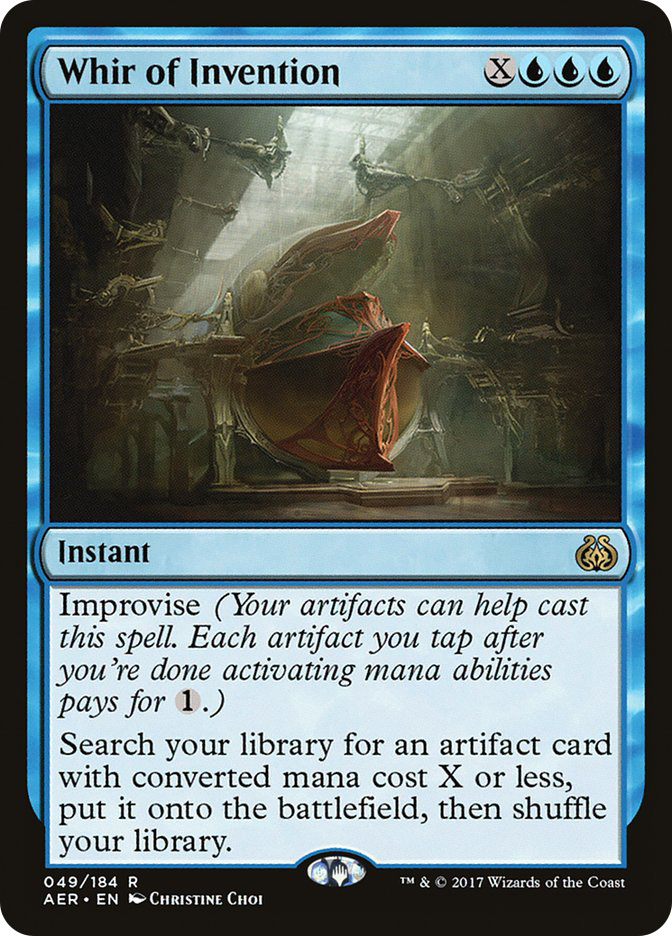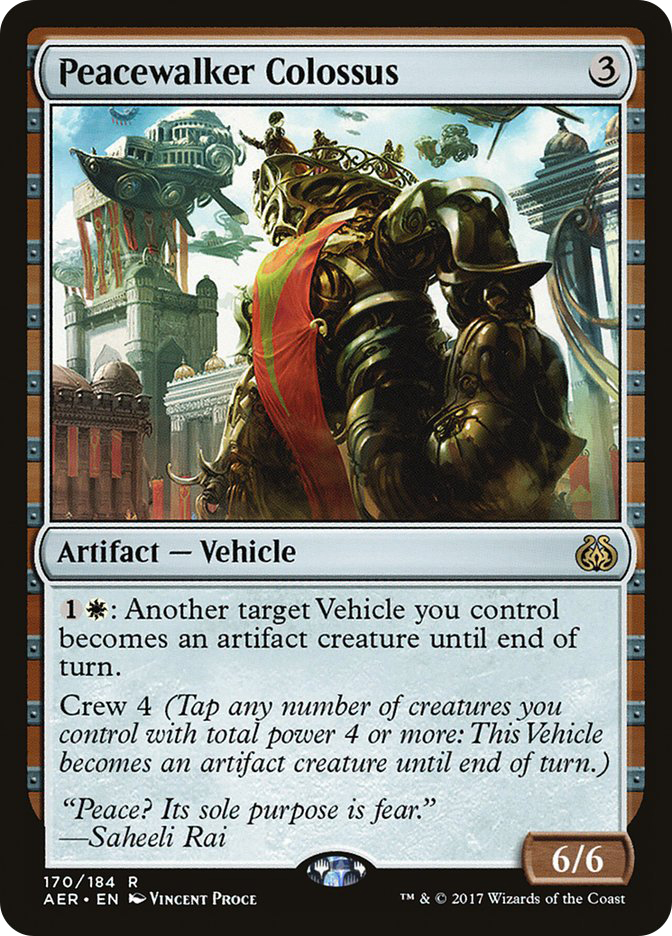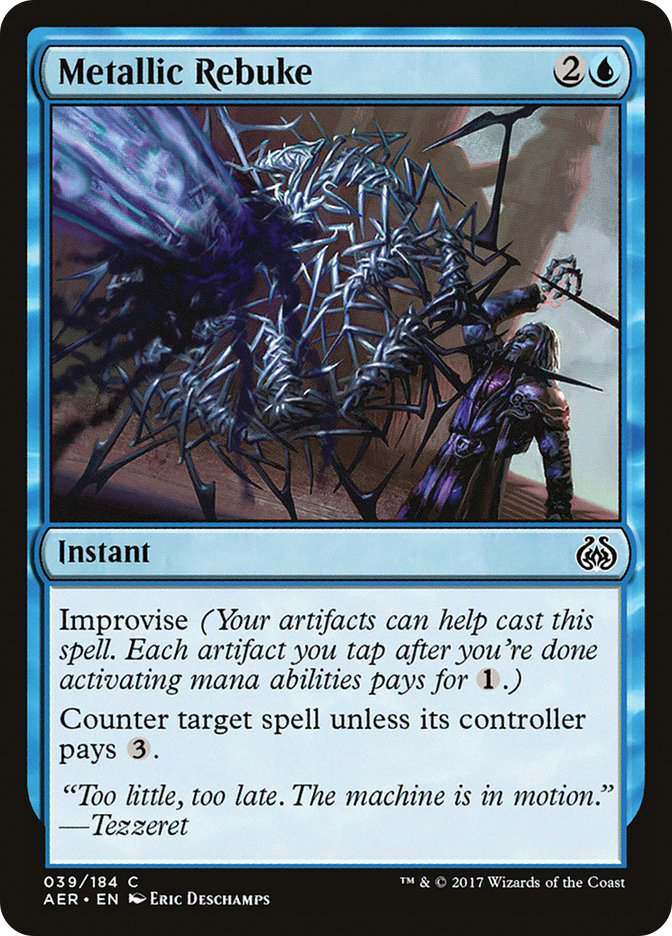It seems like everyone’s getting their license these days.
During my sophomore and junior years of high school in the Midwest South (the official definition for Kentucky), getting your driver’s license separated you from the “children.” With your own wheels, or borrowed ones as it often was, you became an asset to your friends. You were freedom incarnate, a way to escape the parental units and go wherever you wanted to carefree. There was a large gap between you and those who couldn’t get their license, either because their parents wouldn’t let them or because they were at the younger end of the class.
I was the latter. My parents, bless them, were tried of driving me everywhere. I didn’t spend a lot of time at home in high school, instead engaging in lots of social activities, all of which required ferrying from one place to another. I got my learner’s permit on my sixteenth birthday and then, exactly 180 days later, I got my actual, unlimited license.
For those of you adults out there, the memory of the anticipation towards getting your license may be distant, nostalgic, and even amusing. Perhaps you drive a long, daily commute and you hate being behind the wheel. Maybe your car is your most expensive dependent, sucking up time, money, and energy. It could be that circumstances have deprived you of the enjoyment and freedom a car offers. Regardless of what it is, turning that key and feeling the engine come to life isn’t as carefree as it once was.
You could argue that Standard is a lot like that too.
Remember how exciting Kaladesh was when it was first previewed, when we saw that very first Vehicle? The discussion I saw in the community was unilaterally positive. It was an innovative way to expand on the space that combat-oriented noncreature artifacts like Equipment had first developed over a decade ago. It was refreshing, and it defined the flavor of Chandra Nalaar’s homeland perfectly. Soon, more cards relating to Vehicles were previewed, and the engines of creation started whirring in our heads as we thought about all the ways we can tune our decks to race these new machines.
The honeymoon phase of getting our license had started, but it would end tragically for many.
Two powerful Vehicles have dominated Standard. The colorless nature of Vehicles, combined with exceptional power-to-cost rates, pseudo-haste via crew, and passive protection from sorcery removal betrayed the mostly flavorful notion of Vehicles, turning that sense of excitement into something you must use every day just to get to work.
Standard had its first accident in six years, and Smuggler’s Copter was out of commission. Even then, Heart of Kiran filled its place, perpetuating the humdrum of Standard, the daily grind of countless Top 8 decks featuring a playset or close to a playset, enjoying the same privileges the earlier model had created.
“Vehicle” used to be a welcome concept amongst brewers. Now it’s almost a dirty word.
Believe it or not, there are more than two Vehicles in Standard, and some are much fairer, seeing modest play as undercosted roleplayers.
Still, there’s one Vehicle that, despite its vanilla text, intrigued me more than any other in either Kaladesh or Aether Revolt.
Like many, my first thought was Phyrexian Dreadnought, almost certainly responsible for Consulate Dreadnought’s etymology. For one mana and a huge cost, you could have an exceptionally powerful, highly undercosted threat. Here, instead of sacrificing an inordinate amount of creatures, you simply had to get very close to the power of the artifact itself to turn it on.
I’d tried this card in early versions of my hitherto-intact $18 Mono-Blue Improvise deck, but I found it too difficult to crew, switching it out for the less unwieldly Stitcher’s Graft.
Consulate Dreadnought has a step price, and crewing it is, honestly, unrealistic. You’re paying one mana and a card to get one more power after investing in six power worth of creatures. If you’re really tapping them down to attack, why aren’t you just swinging with the six power?
So don’t crew it.
Start Your Engines was one of the first cards I discussed before Kaladesh released. Trumpet Blast, Fortify, and the like have all been rightly dismissed for years when they appear. Start Your Engines does something that those don’t do; it makes idle permanents active combatants, and hard-hitting ones too. Vehicles have excellent rates, often because they require some sacrifice or dedication of additional resources to turn online. A one-mana 7/11 is downright impossible. Casting a Start Your Engines on a board of innocuous, dormant Consulate Dreadnoughts gives you an incredible, lethal army from nothing at all.
At the time, I declined to actually use Start Your Engines in my first Kaladesh deck until the full set had been revealed. Here’s our chance.
We need a critical mass of cheap Vehicles to make this work, and so the more of them I can get my hands on, the better. Red’s not super-great at that but, thanks to Aether Revolt, white and blue are.
Sram, Senior Edificer turns a dud Consulate Dreadnought into another card, adding to the improvise count and digging me deeper for more Vehicles and Start Your Engines. Whir of Invention doesn’t need much to find a one-drop; an artifact and three mana, at instant speed, can get your hands on it or any number of other useful spells. The triple blue is tough, especially if we’re three-color, but we’ve got a solution.
That’s enough to get started. Now let’s dive into an all-new Vehicle list.
Creatures (10)
Planeswalkers (1)
Lands (21)
Spells (28)

This deck isn’t terribly straightforward; every card has a specific purpose beyond the most obvious one.
Creatures
Thraben Inspector continues to be the most awesome card to normalize a bad starting hand and draw you into deeper quality late in the game. How many white one-drop creatures are you fine with having in your opener and on turn 12? Sram, Senior Edificer keeps the engine going while being easy to replace. With Consulate Dreadnought, you can cast Sram on turn 3 and the Dreadnought, keeping you at parity. Depala, Pilot Exemplar does what she does in most Vehicle decks: make hay. Sram, Senior Edificer is a Dwarf for her to get, and she get the other copy of herself off her tap trigger. Maverick Thopterist supports the mini-improvise theme while also providing an army-in-a-box for Start Your Engines. It gives all creatures +2/+0, and pumping lots of little fliers has historically been good.
Vehicles
Consulate Dreadnought not only carries the aggressive weight of the deck, but it improvises just fine, and it provides early colored mana for Spire of Industry. Additionally, it can block Ulamog, the Ceaseless Hunger and survive, so that’s something. Okay, yes, there are two copies of Heart of Kiran in here, but hear me out. It’s in here because it’s honestly the only playable Vehicle on two mana. With a logjam at the three slot, I needed something here, and it still gets turned on by an on-time Start Your Engines, crashing over for six. Aethersphere Harvester provides energy for the thirsty Aether Hub, but it also flies, blocks Heart of Kiran, and is crewed by something as lowly as a Thraben Inspector or a Thopter token.
This hefty Vehicle sees no play at all. Admittedly, its activated ability is only really spicy on Consulate Dreadnought; they should never be far from each other. Still, it’s easily crewed by Depala, Pilot Exemplar to become a 7/7. A single Cultivator’s Caravan, a nice search target for Whir of Invention or as a way to simplify its casting, rounds out the Vehicles.
Spells
For the sake of function, non-Vehicle artifacts are here, too. Speaking of which, Terrarion and Renegade Map should be no surprise. I’ve been high on these little trinkets for a long time, and they still provide incredible consistency for two commons. Getting the numbers right depends considerably on the deck, but I like to have them kicking around in most three-colored decks I run, especially those that care about artifacts.
Metallic Rebuke is excellent. If you haven’t played it yet, just try it. Please.
Shock has become increasingly common in my non-aggressive red decks. Shock is red’s Fatal Push and has been for decades, but it always impresses; no matter how you cast it, it will find a good home.
While I like Whir of Invention, UUU is rough, and having two of these in hand means you’re either casting zero or one of them in most competitive games. Still, one provides a lot of flexibility in the mid-to late-game. Saheeli Rai seems exceptional when combined with a solid curve. Turn 1 Consulate Dreadnought, turn 2 Heart of Kiran, turn 3 Saheeli, +1, protect by paying a loyalty counter, and then turn 4 it’s a -2 to copy Consulate Dreadnaught and smash for 24. Love it!
Siege Modification is another terrifying Aura with Consulate Dreadnought. This three-mana Aura makes an idle one-drop a 10/11. That’s a two-turn clock, folks. On the play, this lets you smash before your opponent could cast Unlicensed Disintegration and makes them think twice about attacking, lest their blockers be destroyed. Sure, Fatal Push is a thing, but “dies to removal” has always been an irritating argument. Also, it’s an Aura, so Sram, Senior Edificer draws a card off it!
Finally, we have Baral’s Expertise because one time, just once, I want to cast it, bounce their blockers, and cast Start Your Engines, smashing for game. Just once, baby.
Lands
Spire of Industry and Aether Hub do a ton to support triple-color strategies in artifacts. This deck needs to be agile and flexible, and these lands are the best ways to do that. The deck has generally low energy demands, so even the one energy Aether Hub provides is relevant, especially when paired with Aethersphere Harvester. Creature lands continue to be bad in the presence of Fatal Push. Sigh.
Sideboard
This sideboard is tailored to be a couple-in, couple-out situation. Rarely will you sideboard more than a few cards.
Aether Meltdown is surprisingly relevant in a world of Vehicles. It also provides energy for our purposes and is an Aura, cantripping off Sram again!
Unlicensed Disintegration could be cast without the Swamp, but Renegade Map can find it, making it more consistent. This is not a very aggressive deck in the end, but for midrange decks, or as a way to two-for-one Felidar Guardian combo decks and Gideon, Ally of Zendikar, this card is still superb, and good enough to splash a fourth color for.
Fragmentize has been appearing in a lot of sideboards, and its ability to obliterate almost every Vehicle and colorless threat in Standard is formidable. An extra copy of Saheeli Rai comes in against decks where Saheeli is strong, mostly on the play, I’d argue.
Nahiri, the Harbinger, besides being an exceptional planeswalker in her own right, can do much of what Saheeli Rai can. In fact, Nahiri’s ultimate can find an artifact, Saheeli can copy it, and both can smash out of nowhere.
So this deck was forged after lots of iterations, but this particular version was both fun, reliable, and complex. The card quality wasn’t low, despite cards like Terrarion and Renegade Map being a fair number of draw steps, and each card played its role well. Baral’s Expertise was especially impressive as a singleton, and Siege Modification was actually frightening, especially when protected by Metallic Rebuke. There might be something there, folks.
This renewed my joy of Vehicles singlehandedly. No deck to date that’s utilized Vehicles has been this fun, deep, and rewarding. Whether you’re playing the fair game or you’re wrecking them on turn 4, this deck offers a lot and I’ll be continuing to play it at FNM this week. There are a large number of possible interactions, and that, more than about anything else, will keep me gassing up for more.
There are lots of Vehicles and interactions with them besides those you see at the top tables. Where have you heard their engines roar loudest?


